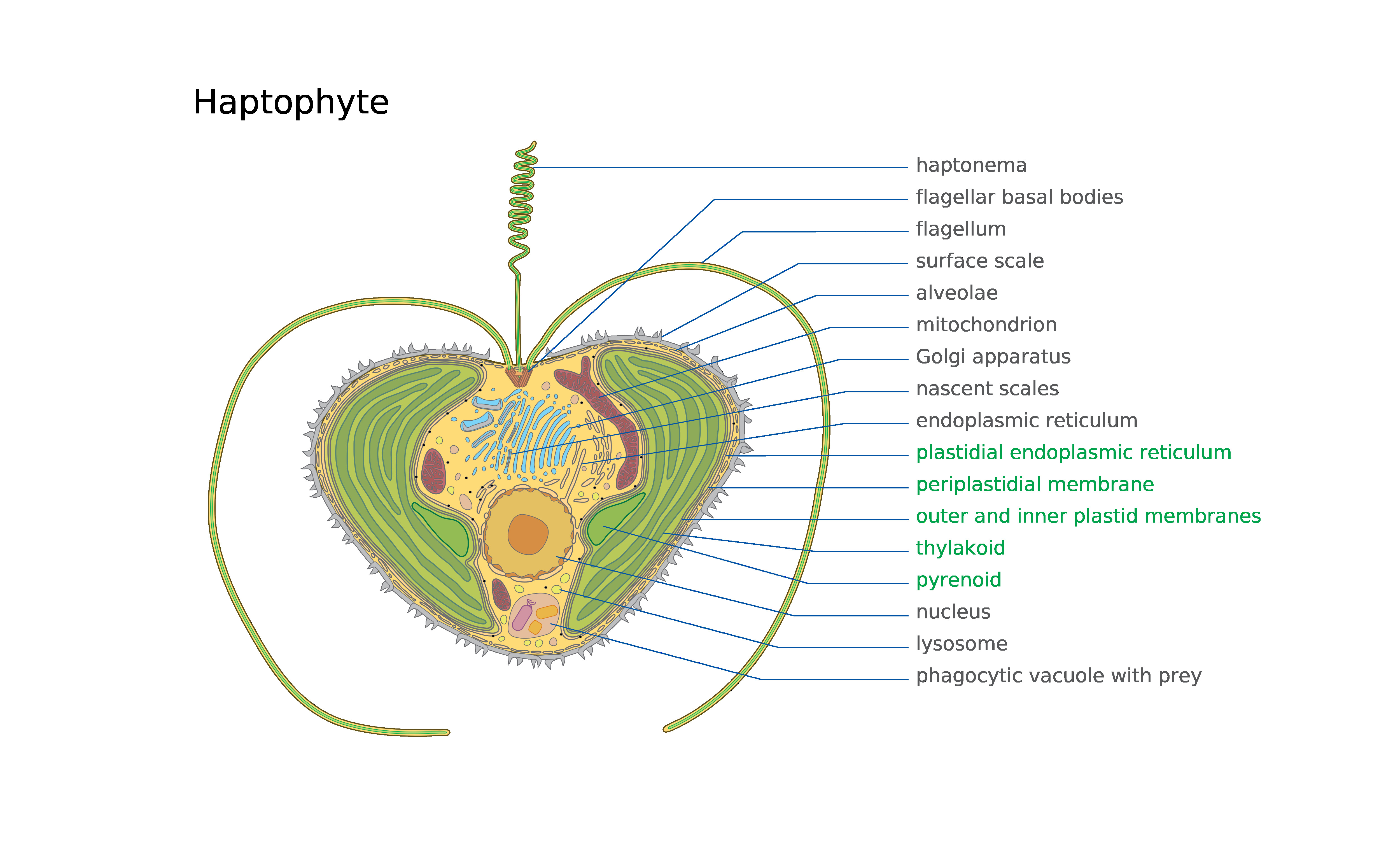|
Isochrysis
''Isochrysis'' is a genus Genus (; : genera ) is a taxonomic rank above species and below family (taxonomy), family as used in the biological classification of extant taxon, living and fossil organisms as well as Virus classification#ICTV classification, viruses. In bino ... of haptophytes. Until recently this genus was also thought to contain the 'T-iso' algae frequently used in aquaculture; that species has been reclassified as '' Tisochrysis lutea''. Species There are six species: *'' Isochrysis galbana'' *'' Isochrysis litoralis'' *'' Isochrysis maritima'' *'' Isochrysis nuda'' *'' Isochrysis santou'' – uncertain taxonomic status *'' Isochrysis zhanjiangensis'' References Haptophyte genera {{Haptophyte-stub ... [...More Info...] [...Related Items...] OR: [Wikipedia] [Google] [Baidu] |
Isochrysis Maritima
''Isochrysis'' is a genus of haptophytes. Until recently this genus was also thought to contain the 'T-iso' algae frequently used in aquaculture; that species has been reclassified as '' Tisochrysis lutea''. Species There are six species: *'' Isochrysis galbana'' *''Isochrysis litoralis ''Isochrysis'' is a genus Genus (; : genera ) is a taxonomic rank above species and below family (taxonomy), family as used in the biological classification of extant taxon, living and fossil organisms as well as Virus classification#ICTV cla ...'' *'' Isochrysis maritima'' *'' Isochrysis nuda'' *'' Isochrysis santou'' – uncertain taxonomic status *'' Isochrysis zhanjiangensis'' References Haptophyte genera {{Haptophyte-stub ... [...More Info...] [...Related Items...] OR: [Wikipedia] [Google] [Baidu] |
Isochrysis Galbana
''Isochrysis galbana'' is a species of Haptophyta. It is the type species of the genus '' Isochrysis''. It is an outstanding food for various bivalve larvae and is now widely cultured for use in the bivalve aquaculture industry. This unicellular is investigated for its high amount of fucoxanthin (18.23 mg/g dried sample). The ''Isochrysis galbana'' extract is said to have certain cosmetic and hair-growth properties when using hexane, ethyl acetate, ethanol, water, methanol, or isopropanol Isopropyl alcohol (IUPAC name propan-2-ol and also called isopropanol or 2-propanol) is a colorless, flammable, organic compound with a pungent alcoholic odor. Isopropyl alcohol, an organic polar molecule, is miscible in water, ethanol, an ... as extractants. ''I. galbana'' has a chloroplast, whose genome sequence has been published in 2020. References External links * *www.irishscientist.ieMarine microalgae as a source of w3 fatty acids * * Haptophyte species High lip ... [...More Info...] [...Related Items...] OR: [Wikipedia] [Google] [Baidu] |
Tisochrysis Lutea
''Tisochrysis lutea'' is a species of Haptophyta formerly known as ''Isochrysis'' affinis ''galbana'' (Tahiti isolate) or 'T-iso'. ''T. lutea'' is one of the most widely used species in aquaculture to feed oyster and shrimp larvae. It has an interesting composition for this application because of its high content of polyunsaturated fatty acids such as docosahexaenoic acid (DHA), stearidonic acid and alpha-linolenic acid. ''T. lutea'' contains betain lipids and phospholipids. Etymology The genus name ''Tisochrysis'' comes from the first letter of Tahiti, French Polynesia, where the species is first isolated, and its previous genus ''Isochrysis''. The species name ''lutea'' stems from its color. Lutea is the color of saffron yellow in Latin. Applications Feeds for aquaculture ''T. lutea'' was isolated from Tahiti, French Polynesia, by the name ''Isochrysis'' affinis ''galbana'' (Tahiti isolate) or 'T-iso'. However, by sequence of partial nuclear small subunit (SSU), large s ... [...More Info...] [...Related Items...] OR: [Wikipedia] [Google] [Baidu] |
Haptophyte
The haptophytes, classified either as the Haptophyta, Haptophytina or Prymnesiophyta (named for '' Prymnesium''), are a clade of algae. The names Haptophyceae or Prymnesiophyceae are sometimes used instead. This ending implies classification at the class rank rather than as a division. Although the phylogenetics of this group has become much better understood in recent years, there remains some dispute over which rank is most appropriate. Characteristics The chloroplasts are pigmented similarly to those of the heterokonts, but the structure of the rest of the cell is different, so it may be that they are a separate line whose chloroplasts are derived from similar red algal endosymbionts. Haptophyte chloroplasts contain chlorophylls a, c1, and c2 but lack chlorophyll b. For carotenoids, they have beta-, alpha-, and gamma- carotenes. Like diatoms and brown algae, they have also fucoxanthin, an oxidized isoprenoid derivative that is likely the most important driver of t ... [...More Info...] [...Related Items...] OR: [Wikipedia] [Google] [Baidu] |
Genus
Genus (; : genera ) is a taxonomic rank above species and below family (taxonomy), family as used in the biological classification of extant taxon, living and fossil organisms as well as Virus classification#ICTV classification, viruses. In binomial nomenclature, the genus name forms the first part of the binomial species name for each species within the genus. :E.g. ''Panthera leo'' (lion) and ''Panthera onca'' (jaguar) are two species within the genus ''Panthera''. ''Panthera'' is a genus within the family Felidae. The composition of a genus is determined by taxonomy (biology), taxonomists. The standards for genus classification are not strictly codified, so different authorities often produce different classifications for genera. There are some general practices used, however, including the idea that a newly defined genus should fulfill these three criteria to be descriptively useful: # monophyly – all descendants of an ancestral taxon are grouped together (i.e. Phylogeneti ... [...More Info...] [...Related Items...] OR: [Wikipedia] [Google] [Baidu] |

